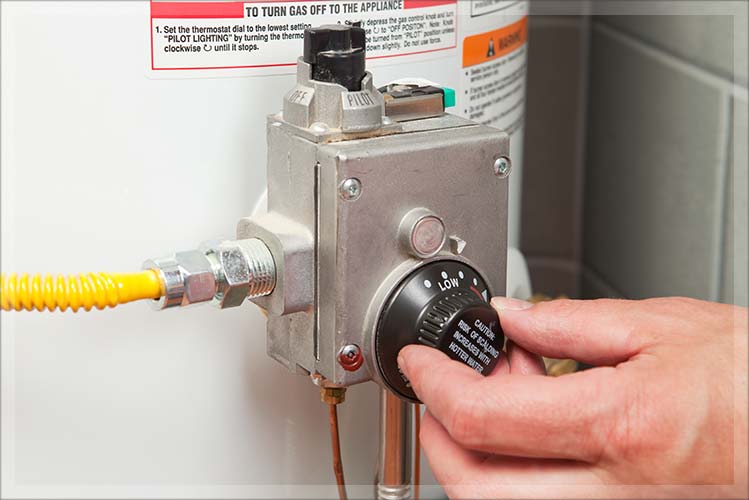
Winter is here—the days are shorter and the air is crisp. For those living in colder climates, winter is often the season to enjoy the warmth and comfort of home. Which can also mean that your home’s energy usage, and your carbon footprint, heats up. Wondering how to keep things cozy and remain environmentally-friendly this winter? Check out these simple (not to mention free or low-cost) energy savings and sustainable living tips.

1. Let the sun in
The sun is a free source of energy and a renewable resource, so use it! Open your window shades or curtains during the day (especially south facing ones) to let the sun help heat your home. And in the evening, close the shades or curtains to block cold drafts.
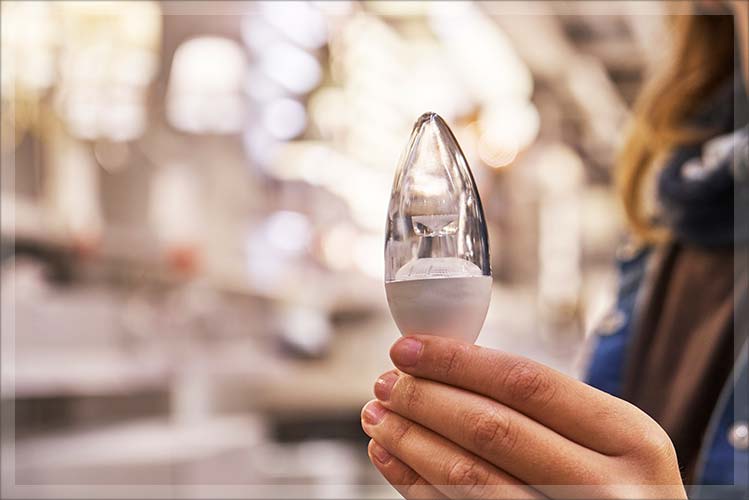
2. Switch to LED lights (for holidays and beyond)
Going with LED lighting is an energy-saving no-brainer during the winter holiday season. According to the Department of Energy, LEDs use 75% less electricity but last 25 times as long.[1] So switch out your holiday lights and the other lights in your home as well. With fewer light bulbs to change plus lower energy usage, you may find yourself asking, why didn’t I do this sooner?
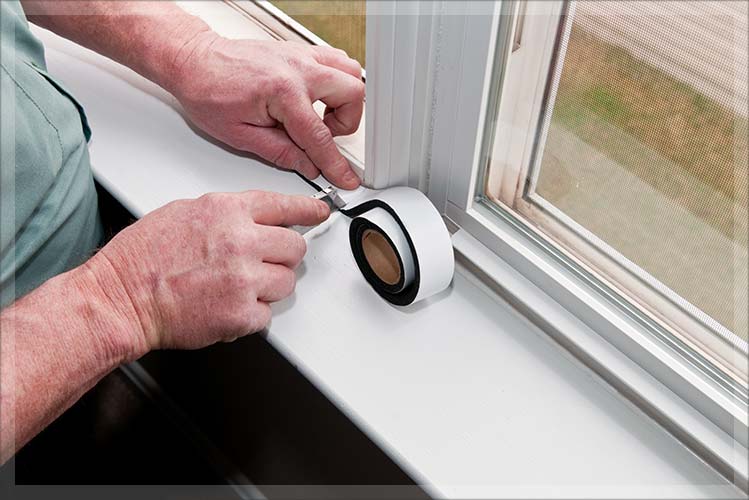
3. Keep warm air in and cold drafts out
When it comes to insulating your home, a little bit of inexpensive material and some DIY effort can go a long way. Sealing small gaps and openings near doors, windows, and electrical outlets can help you save 10% in heating costs because air is kept in and your systems don’t have to work as hard.[2] It just takes a trip to your local home improvement store for some weather-stripping, plastic window film, caulk, and sealant. A major source of leakage can be a fireplace, and using your dampers correctly and having the right caulking and seals can make a significant difference.
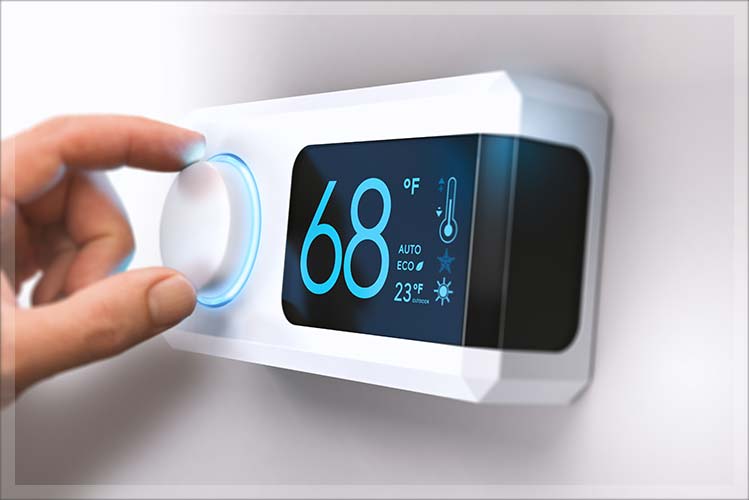
4. Get smart (thermostats, that is)
A programmable thermostat can help you minimize energy use during both heating and cooling seasons. Set the thermostat for as low as is comfortable when you are home and don’t forget to get comfy with a blanket. During winter, lower thermostat setting by just 1-degree and setting in the 60-70 degree range could mean a 5% drop in heating bills.[3] When you are not home or sleeping, drop the thermostat setting by 10-15 degrees to save another 10% on energy costs a year.[4] Smart thermostats can help manage all of this for you, and most can be managed from your phone.
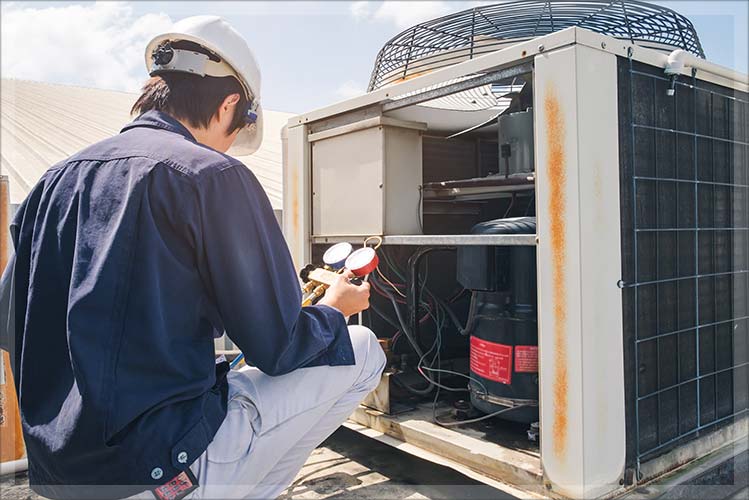
5. Keep heating units running smoothly
Schedule regular tune-ups for your furnace to make sure it’s running efficiently. The upfront tune-up cost is minimal and could shave 10% off your heating bill in the long run, plus minimize the headache of emergency repairs.[2,3]
Don’t forget to also tune up your heat pump or HVAC systems. Clean and replace filters every month or as needed, and you may find your energy use drop by as much as 15%.[5]
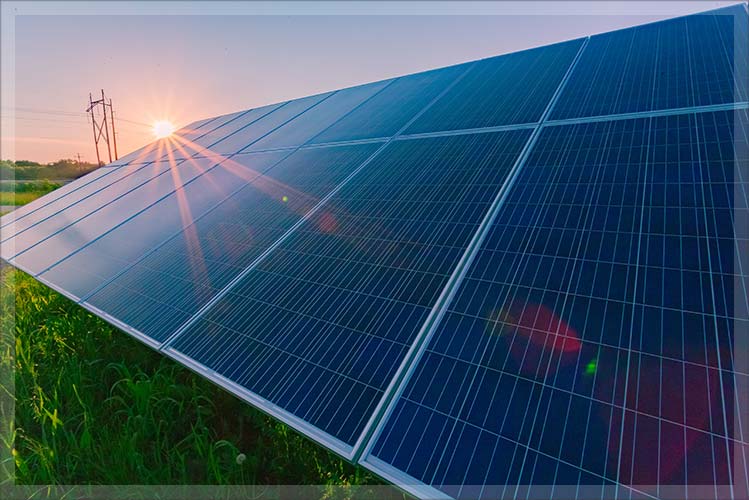
7. Consider renewable energy for your home
More consumers than ever are interested in how renewable energy sources like solar can benefit their homes as well as our planet. Find out more about options for your home.
[1] U.S. Department of Energy. LED lighting. Retrieved November 29, 2017 from https://energy.gov/energysaver/led-lighting
[2] This Old House. 10 ways to shrink your energy bills. Retrieved November 29, 2017 from https://www.thisoldhouse.com/ideas/10-ways-to-shrink-your-energy-bills
[3] Money magazine. 9 ways to lower your energy bill this winter. Retrieved November 29, 2017 from https://time.com/money/4515279/lower-energy-bills-winter/
[4] U.S. Department of Energy. Fall and winter energy saving tips. Retrieved November 29, 2017 from https://energy.gov/energysaver/fall-and-winter-energy-saving-tips
[5] U.S. Department of Energy. Operating and maintaining your heat pump. Retrieved November 29, 2017 from https://energy.gov/energysaver/operating-and-maintaining-your-heat-pump
[6] U.S. Department of Energy. Reduce hot water use for energy savings. Retrieved November 29, 2017 from https://energy.gov/energysaver/water-heating/reduce-hot-water-use-energy-savings
[7] U.S. Department of Energy. Lower water heating temperature. Retrieved November 29, 2017 from https://energy.gov/energysaver/projects/savings-project-lower-water-heating-temperature
